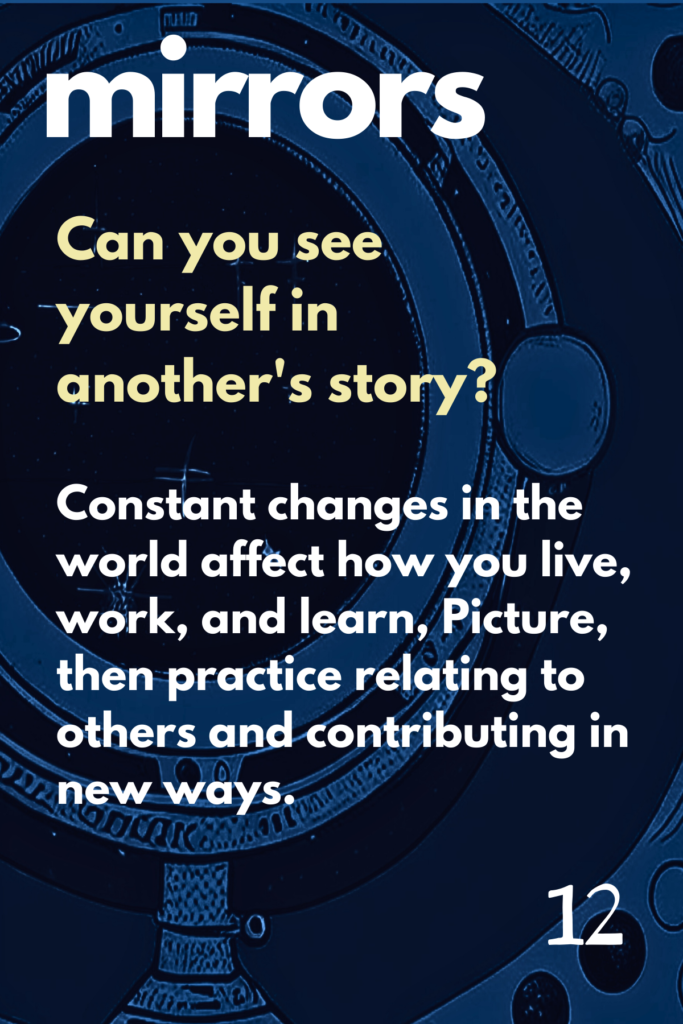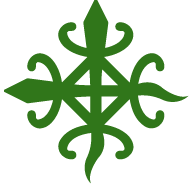Mirrors, Windows, and Doors
Paths to Inclusion
Inclusion Cards guide your learning journey to raise awareness, about yourself and others, and make real connections with colleagues, clients, and communities.
Be inspired to examine your thinking, communication, and behavior using thought-provoking images, scenarios, statements, and prompts. Experience the joy of discovering fresh ways to see others while navigating your workplace and beyond.
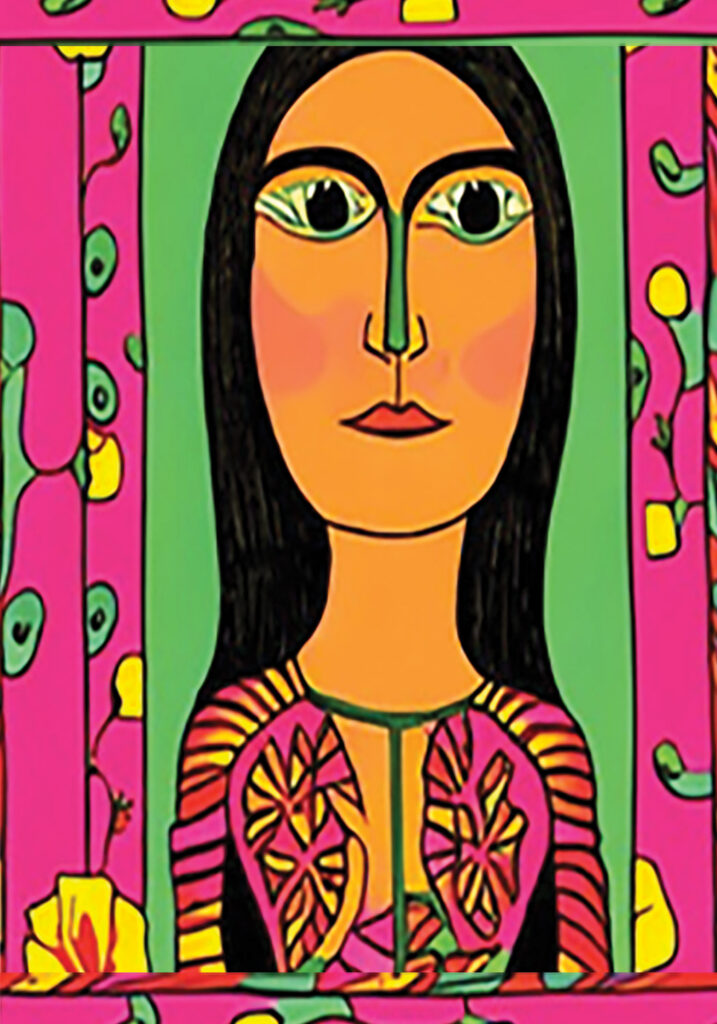
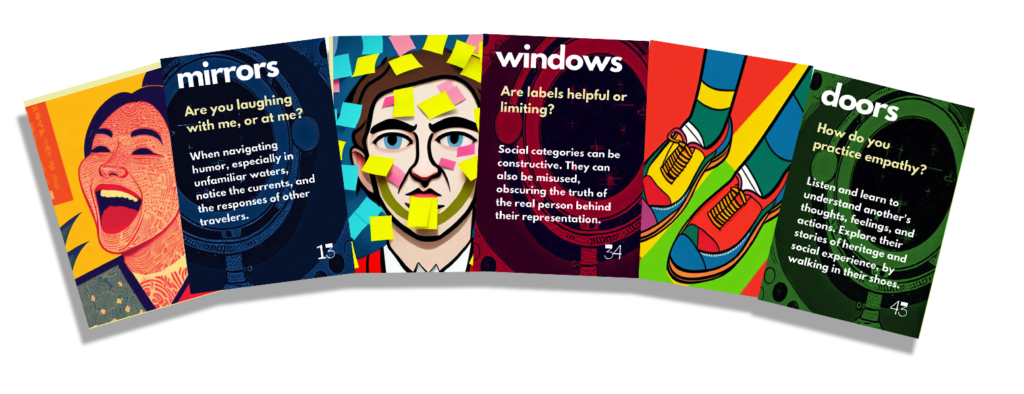
Inclusion Cards are designed to guide teams to rethink their everyday interactions with colleagues and clients. Imagine what inclusion looks and feels like in your organization: cohesion, innovation, engagement, productivity.
Each of the 54 cards includes a vibrant illustration on one side, and on the flip side, workplace scenarios or statements, and thought-provoking questions. Cards are intended to prompt reflection, new perspectives, and conversations about a range of ways to interpret interactions, communicate effectively, and act appropriately to achieve a shared mission.
- Are you curious about what you don’t understand?
- Do you recognize your own cultural group patterns?
- Can you see through many perspectives?
- Do you understand other cultural styles and values?
- Can you adapt your communication and behavior to different groups?
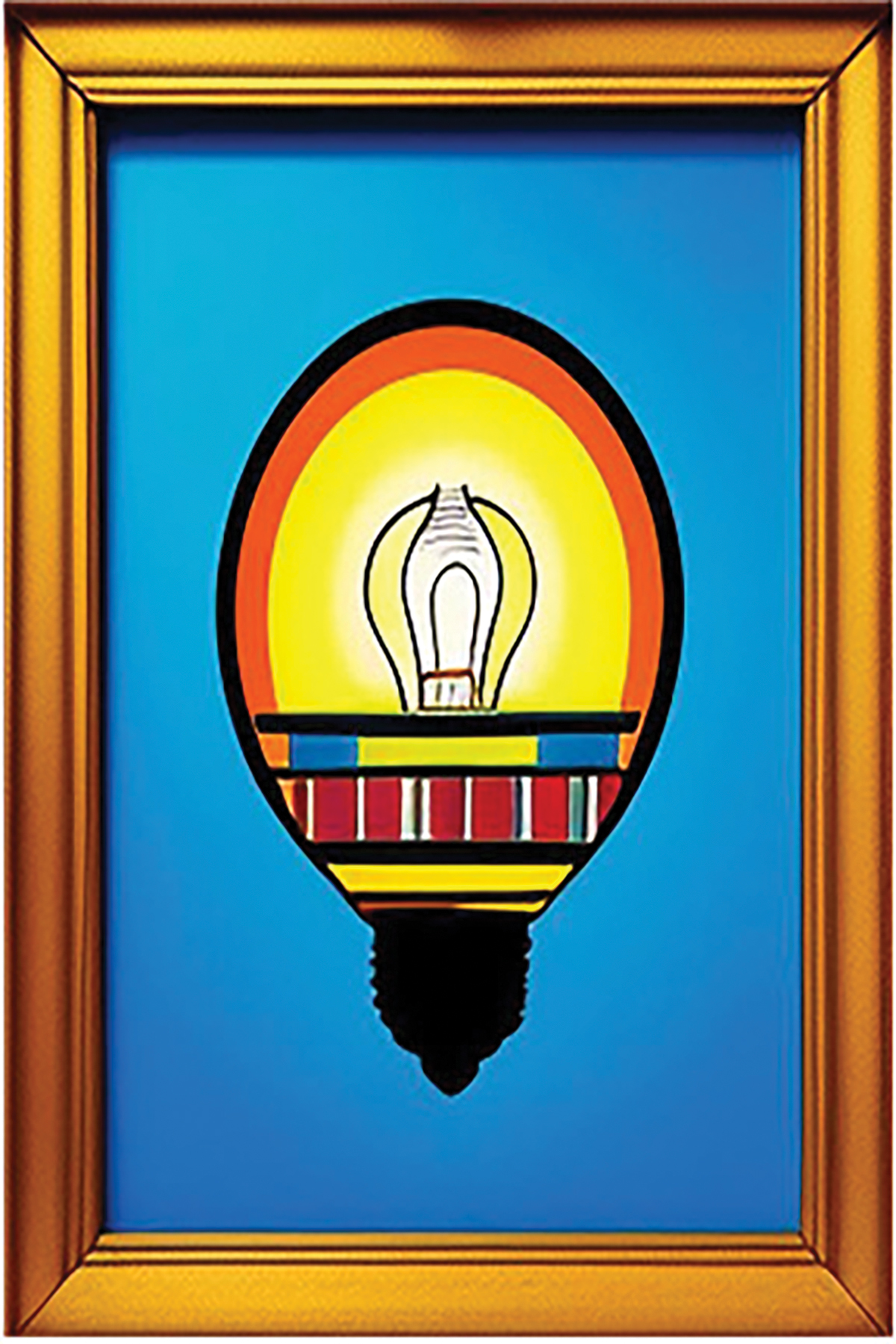

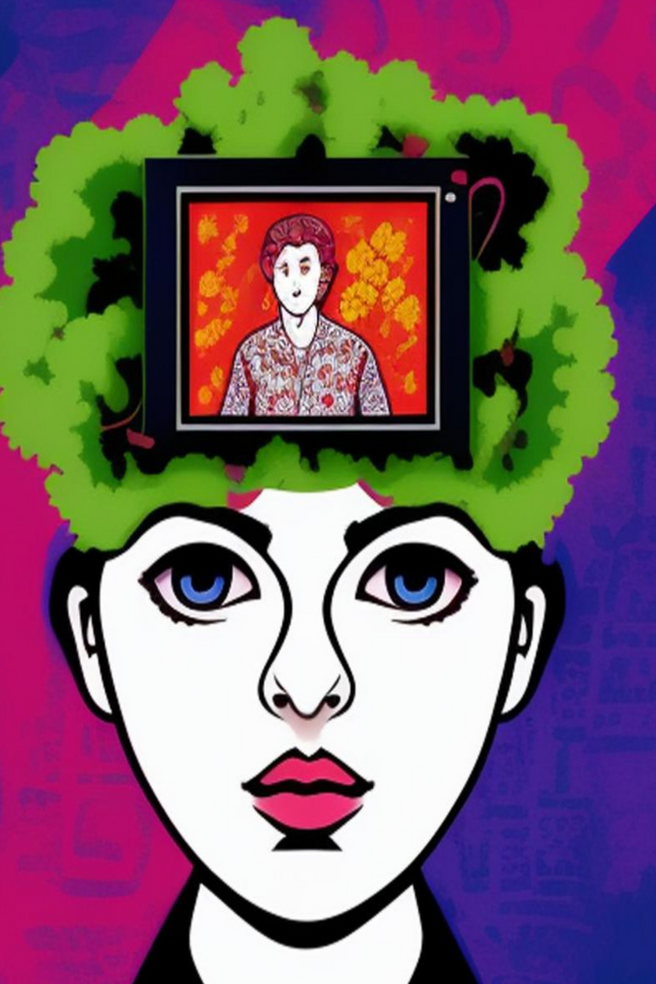
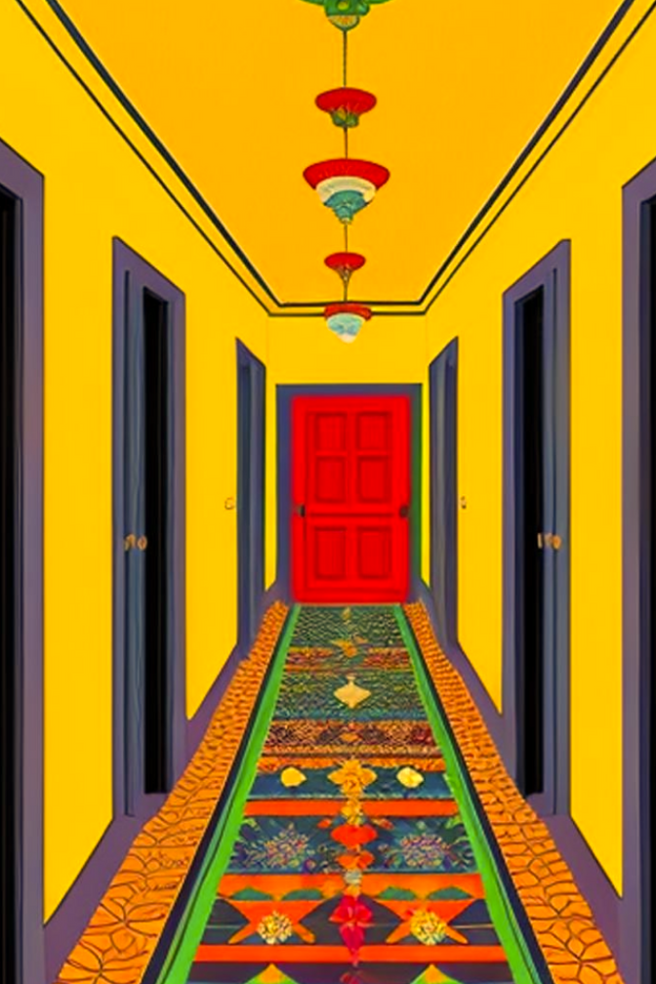
Inclusion Cards are divided into three suits, representing three areas of focus to build intercultural knowledge, skills, and attitudes:
| Mirrors | Windows | Doors |
| Self-awareness | Other awareness | Social Adaptability |
| Looking into the mirror. | Open the window and look beyond the familiar | Walking through the door to engage with others and their environment |
| What’s My Story? | What’s Your Story? | What’s Our Story? |
There are many ways to use the deck, including one-to-one or team coaching, facilitating conversations and workshops, role play, and personal. Go to
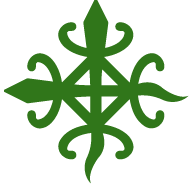
Building Competence
Inclusion Cards focus on guiding learners to build their cultural awareness and competence. It uses mirrors, windows, and doors as metaphors to explain the idea of inclusion and understanding. Examples can include using mirrors to reflect on one’s own culture, using windows to observe other cultures, and opening doors to engage in intercultural dialogue.
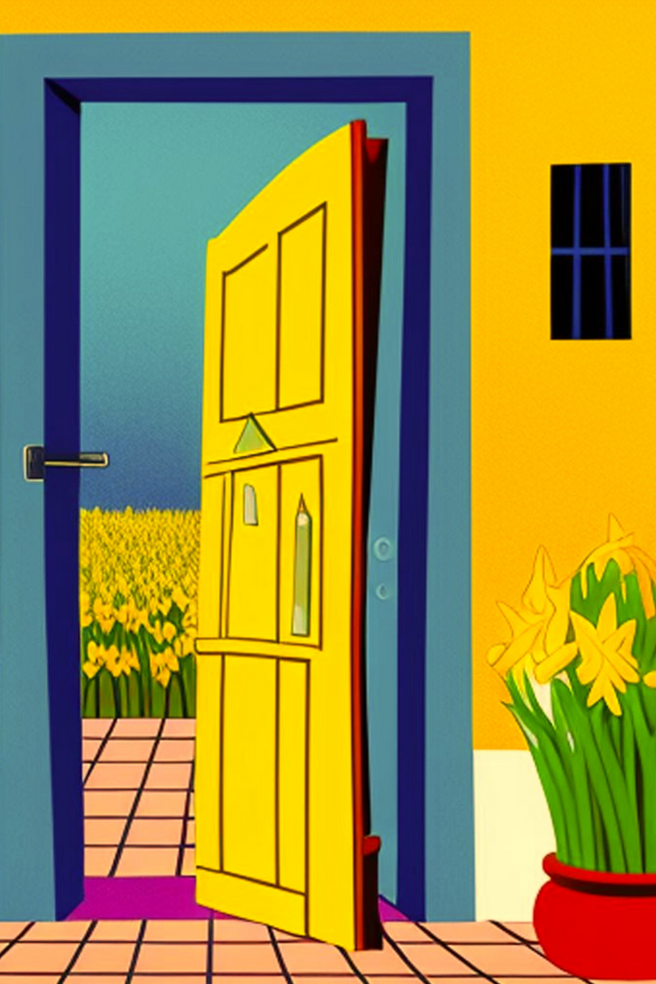
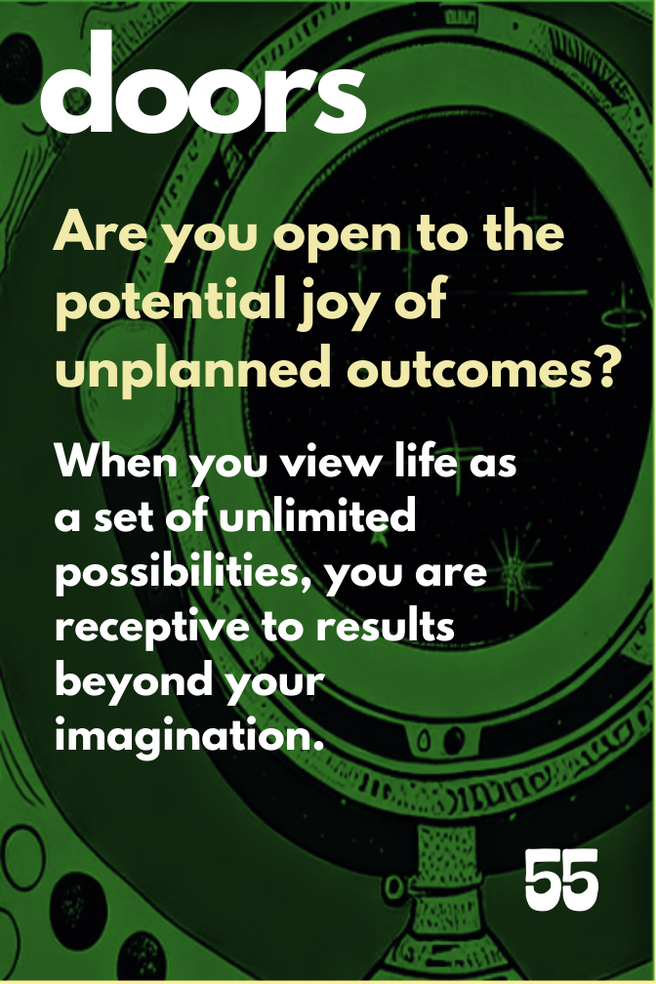


Adaptability
The Funtumfunafu Denkyemfunafu adinkra symbol you see throughout this website portrays a pair of conjoined crocodiles connected by their stomachs. They are said to argue with each other nonstop, but they still eat together, which is said to symbolize their shared destiny, unity, and diversity. The symbol emphasizes the significance of working together, despite the fact that individuals may have varying opinions and perspectives. This is a perfect symbol for the workplace where different individuals must come together, and adapt, to achieve organizational goals, regardless of their ideological positions.
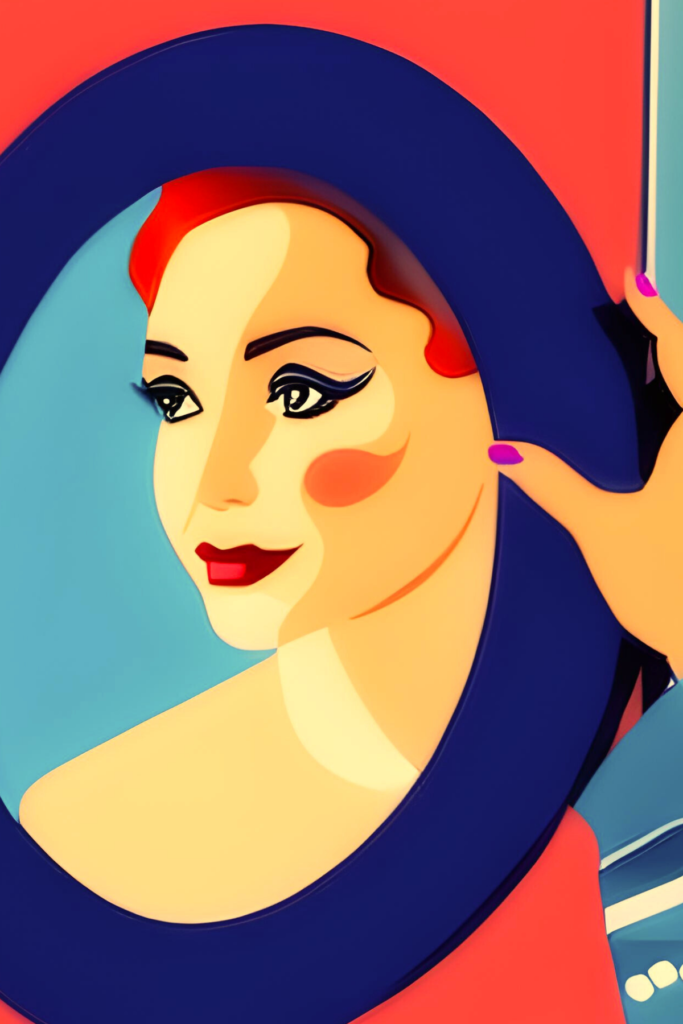
For personal reflection, one-to-one coaching, professional development, facilitation, and team coaching.
Develop your headset, heart set, and handset for effective communication and appropriate behavior when navigating a variety of settings.
